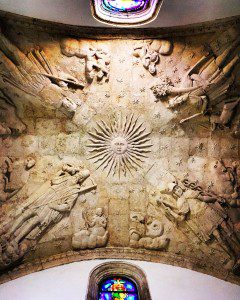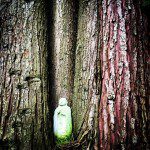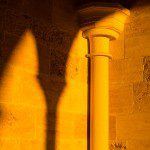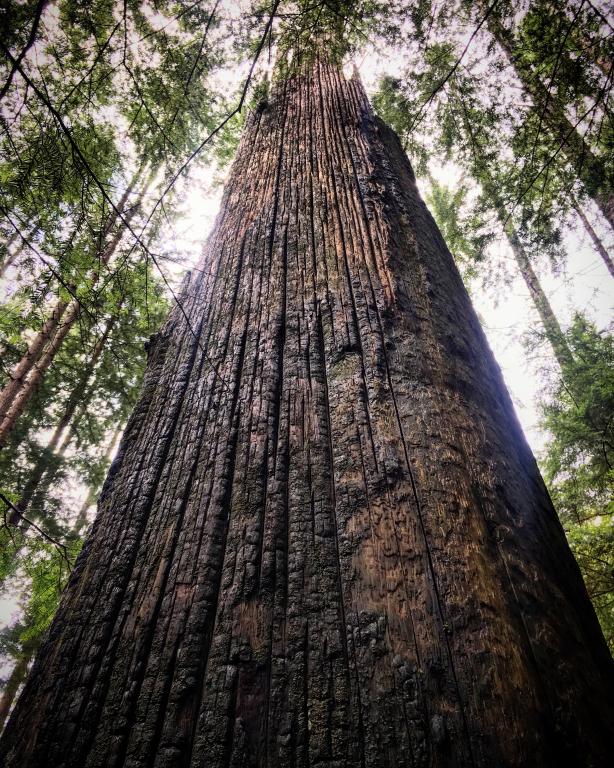
In a recent blog post at A Rocha, an International Christian organization that does amazing work around the globe, the author discussed their dismay at the violence and predation that inevitably occurs within ecological systems. They asked how this reality could reflect the character of an all loving God that made His creation “Good.” There were three possible explanations:
- The “Fall” as described in the book of Genesis was an historical event; resulting in the entrance of evil and suffering into an otherwise vegetarian existence.
- God as the creator is “wilder and perhaps more scary than we thought;” and thus violence and predation are part of His ultimate plan.
- Suffering and violence are temporary realities that will be transformed in the Eschaton.
The first seems an obvious Agrarian etiology that crept into Genesis surrounding the demands of an agricultural and pastoral life. The second is fascinating, and I think some contemporary theo-poetics, especially John D. Caputo, takes this notion into some interesting terrain. However, I want to focus on the third possibility which was the blog author’s proposed synthesis. The conclusion that the author comes to is that while suffering, predation, parasitism and death are an integral part of ecological systems now, “the suffering which science tells us is inevitable in our current world is not God’s best or final plan.” While we must continue to protect all aspects of ecological diversity (without, for example, attempting to eradicate predator-prey relationships ourselves through ecological or even genetic engineering), as Christians we must hold space and hope for a future where this suffering will be transformed by God into the Peaceable Kingdom. Paraphrasing Christian writer Ryan McLaughlin the author suggests that “a lion is more than a carnivore, just as a human is more than a walking ape…Just as Jesus can be resurrected as immortal and beyond suffering without losing his identity as human, so also could a lion be resurrected as vegetarian without losing its identity as lion.” Referring to the famous passage in Isaiah 11:6 where the Prophet-poet proclaims that the lion will lie down with the lamb, the blog author suggests that this promise shows us what this Peaceable Kingdom will look like. Here the resurrection takes on the image of a kind of post-mortal assembly of the created order in perfected form. Humans look like humans, lions like lions, etc.
However, leaving criticisms of literal expectations of a post-mortal existence, resurrection or a second coming aside, I think an escatological interpretation of Isaiah is unfounded. Lions and lambs are not in a ‘natural’ predator-prey relationship. When Isaiah claims that the lion will lie down with the lamb, he is making a promise to the shepherd not the sheep.
Now, taking the idea of an eschaton for granted, what is wrong with a resurrected lion? As Paul writes “creation has been groaning as in the pains of child birth up to the present time” (Romans 8:22, NIV). This has been suggested by theologian Sallie McFague to mean that “creation is the place of salvation, salvation is the direction of creation” (McFague, 180). If we are made up of star stuff, and organic evolution is the process and logic by which our bodies take shape, then there is no point at which one form or another merits a final perfection. To talk of a resurrected lion is to assume that creation is made up of individual creatures and their surroundings, created in a single spurt of creative energy; that the locus of personhood for people and lions and wombats and worms is in their current forms.
Yet, cosmology suggests we live in a far more complex reality; one that is not static but unfolding. Nor does this harmonize with the findings of ecology; ecology is not a thing, but the space between things. Lastly, this does not harmonize with the mystery of a Triune God, toward whom salvation steadily moves. God is not three separate persons in relationship like a lion with its prey, or two lovers. The Trinity is relationship itself. Or said another way; “God IS love” (1 John 4:8). This is why Catholic priest and palaeontologist Teilhard de Chardin wrote that “The physical structure of the universe is love,” and Orthodox theologian John Zizoulas writes about Being as Communion. The lion and the lamb make great symbols in sacred literature to talk about God’s power to save and to subvert expectation of both social and ecological systems. But the eschaton toward which we are all moving spiritual-material as it is, bodily as it surely must be, will not be made up of beings in relation but the relation of Being.
McFague, Sallie (1993) The Body of God: An Ecological Theology. Minneapolis: Fortress Press, viii and 180












